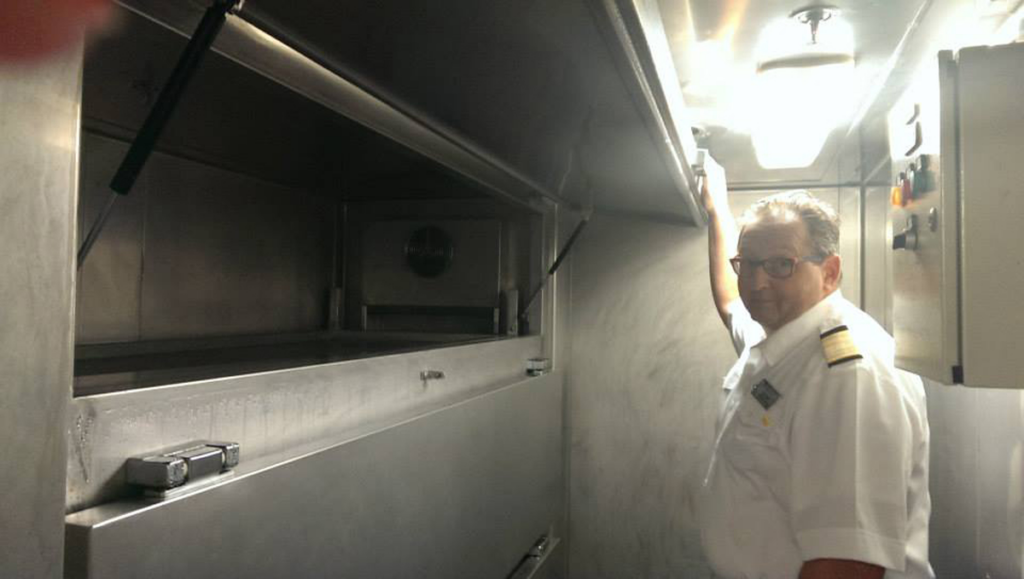EDITORS NOTE: In 2024, I’ve introduced Guest Post Saturdays. Today’s guest post is from a new travel blogger but seasoned financial hacker, Graham, who offers great insight on application of churning techniques to other aspects of finance.
tl;dr:
- The tricks you know from churning can be applied elsewhere in life, such as when you change jobs:
- You can double dip on 401k matches and mega backdoor contributions
- You can hold out for the best offer on a once-in-a-lifetime operation like rolling an old 401k to IRA
- You can drain corporate benefits, like you’d drain an Amex coupon book before closing the card
- You can get your annual fees (aka taxes) refunded if you get money clawed back by your employer
- Just like you book refundable bookings as backups, you can rely on COBRA as a refundable (never charged, really) backup insurance option
Intro
In the world of churning and travel hacking, we’re used to using all sorts of tricks to get the most value for ourselves. We double or triple dip on annual benefits, we hold out for the best offers on NLL cards, we drain the coupon book benefits on a card before closing it, we take advantage of grace periods for getting annual fees refunded, and we make preventative refundable travel bookings. It turns out that the kinds of tricks we use for credit cards and travel also apply to many other aspects of life. In this post, I go through all the ways I’ve found to apply churning tricks to the process of changing jobs.
It should go without saying, but I’m just some random dude on the internet that isn’t a lawyer or accountant (and more importantly isn’t your lawyer or accountant). I’ve done my best to research and cite these tricks, and to include my own experience where I have it, but make sure to do your own research and understand the consequences of what you’re doing before blindly applying tips in this post.
401ks
Double Dipping: Two 401k Matches
Many employers offer to match the money you contribute to your 401k each year. Those matches apply to an overall per-employer limit ($69,000 for 2024) not your personal limit ($23,000 for 2024). Having two employers gives you the opportunity to get two full matches. Let’s imagine this scenario:
- Employer 1 offers a 50% match on contributions (up to some fraction of your salary), and you’ve earned enough for up to a $7.5k match on 15k contributions
- Employer 2 offers a 50% match on contributions (up to some fraction of your salary), and you will earn enough for up to a $5k match on 10k contributions
There are multiple ways to optimize this scenario:
- Easier, Less Profitable Way – Limiting Contributions at Employer 1: You could limit your contributions to Employer 1’s plan to $15k, so you maximize the match without going over. Then when you join Employer 2, you can use your remaining space to contribute $8k, getting $4k of your possible $5k match. This leaves some money on the table, but nets you more than if you’d just maxed your 401k at one or the other employer.
- Riskier, More Profitable Way – Excess Deferral + Corrective Distributions: You could contribute $15k to Employer 1’s plan and $10k to Employer 2’s plan. This would put you in a situation where you’ve achieved the maximum match, however, it also puts you $2k over your $23k personal limit and means you’ve made an Excess Deferral. The consequences of an Excess Deferral are double taxation on that money, and potentially additional penalties, which probably outweigh the value of the additional match. You can avoid the double taxation and penalties with a Corrective Distribution that removes $2k from Employer 1’s plan. The catch is that Employer 1’s plan may not be willing to provide Corrective Distributions, or Employer 1 may attempt to claw back the match. Before attempting this method, you should confirm your plan supports Corrective Distributions and you should be prepared to really pay attention when filing your taxes.
Note that there are plenty of other nuances of 401k plans that might affect your personal results, such as true ups and vesting schedules. Make sure you know both plans inside and out and have thought it through before attempting.
Double Dipping: Two Mega Backdoor Contributions
The mega backdoor roth is the lesser-known big brother of the backdoor roth, and it lets you sock away tens of thousands of dollars through your employer’s 401k plan. An even lesser known thing is that because mega backdoor contributions are not Elective Deferrals, they’re only subject to the overall per-employer limit ($69,000 for 2024), not your personal contribution limit. That means if you change employers through the year –and both plans support it– you can do the mega backdoor roth twice.
Holding Out for the Best Offer: Saving a 401k to Transfer
When leaving a company, you often have three choices for what to do with your 401k:
- Keep it with the current plan administrator (beware: there may be fees)
- Roll it into an IRA
- Roll it into your new 401k plan
There are many pros and cons to each that are beyond the scope of this post (eg. IRAs have fewer bankruptcy protections than 401ks), but here are two reasons you might want to hold off on rolling your old 401k into your new plan:
- You can sometimes roll a 401k into an IRA to get relationship pricing at banks. For example, I used an old 401k to get to the next relationship pricing tier on my mortgage, saving an additional 1/8% on my mortgage rate. Note that including retirements in relationship pricing is not the norm, and Citi is one of a few banks I found that did that.
- You can sometimes find significant bonuses to bring an IRA to brokerages. For example, Robinhood has a 3% match right now (beware they require you to keep the money there for 5 years)
One thing to be aware of if you plan to use one of these tricks is the pro rata rule. If you do backdoor roth IRA contributions, the rule can create negative tax consequences if you leave your pre-tax money in an IRA through the end of the year. My personal workaround was to roll my old 401k into an IRA to get the Citi relationship pricing, and then roll the IRA into my new 401k a month later (all within the same year).
Draining Benefits: Using up Annual Benefits
Many companies have miscellaneous benefits that reset to full at the beginning of the year, and have a use-it-or-lose-it model. Examples include commuter cards and FSAs. Many benefits will cease to be available once you leave, and others will have a limited window to submit expenses after you leave. Make sure to keep track of the deadlines for these accounts, and drain them.
Note that some benefits like FSAs are based on paycheck deductions that happen throughout the year, but the full amount may be available in your account starting on Jan 1. I don’t believe there are laws governing this, but on departure my company doesn’t claw back FSA spend that exceeded paycheck contributions. If this is the case at your company an you know you’re leaving far enough in advance during open enrollment period, you could max out your FSA contributions to take advantage of this edge case.
Fee Refunds: Tax Refunds on Clawbacks
If you get any money clawed back when changing jobs (eg. a signing bonus that didn’t fully vest), keep track of it. If you previously paid income taxes on that money, you may be able to deduct the clawback from your income. I personally was able to deduct a $14,000 clawback for the 2019 tax year and had my return accepted with no audit, but this may be a scenario where you want an accountant for CYA purposes.
Backup Bookings: COBRA for Health Insurance
Insurance from your old job usually lasts to the end of the month that you left. If you don’t start your new job by then, COBRA is a program that lets you pay to continue your old coverage. You have 60 days from when your coverage ends to request that continuation of coverage under COBRA, and the coverage “is always retroactive to the day after your employer coverage ends”. You pay the full cost if you do elect, but if you have a short gap in insurance, you can hold off on electing for COBRA until you know if you happen to need it or not. If it turns out you did need it, elect after the fact and be covered. If it turns out you didn’t need it, you’ve saved on the cost of insurance.
About the Author
I love understanding systems, and optimizing for the best outcomes within the rules as implemented (rather than as written, which is a distinction all churners should be keenly aware of). This love has led me to a career in cyber security, to churning, and also to a general obsession with optimizing all things finances. I’ve recently turned that last point into a blog where I write posts like this one (with many more in the pipeline). If you’re interested in that kind of content, there’s a subscribe box at the bottom of the blog. And if you think I’ve missed something, gotten something wrong, or should write future posts on a particular topic, please drop me a line.
– Graham
Graham’s light evening reading, prolly.





